
Which religious order has the most U.S. bishops?
A look at religious life in the American episcopate
On Tuesday, Pope Francis appointed a new bishop for the Diocese of Charlotte: Fr. Michael Martin, OFM Conv.
The “OFM Conv.” after Martin’s name signifies that he is a member of the Order of Friars Minor, Conventual.
Most bishops in the U.S. are secular priests – that is, they are not members of a religious institute.
But when Martin is ordained and installed as bishop next month, he will not be alone as a religious bishop.
Among nearly 250 Latin diocesan and auxiliary bishops in the United States, The Pillar found 17 religious orders, institutes, and apostolic societies represented.
With Martin’s appointment, the Conventual Franciscans took the lead, as the most represented religious community among the American episcopate.
Here’s the breakdown:
C.F.R. – Franciscan Friars of the Renewal
Robert Lombardo, Auxiliary of Chicago
The CFRs were founded in New York in 1987, amid concerns of secularism in the Capuchin order. The community focuses on service to the poor and evangelization. Fr. Stan Fortuna, the “rapping priest,” was among the group’s founders.
Lombardo, it should be noted, does not wear the long beard customary in his religious community:

C.M. – Congregation of the Mission (Vincentian)
Andrew Bellisario, Archbishop of Anchorage-Juneau
David O’Connell, Bishop of Trenton
Founded by St. Vincent de Paul in Paris in the 1600s, the Vincentians emphasize evangelization of the poor and priestly formation. The Vincentian family also includes the Society of St. Vincent de Paul, known for its thrift stores and work for the needy.
C.O. - Confederation of Oratories of Saint Philip Neri (Oratorians)
Mario Avilés, Auxiliary of Brownsville
This society of apostolic life was started by St. Philip Neri in Rome in the late 1500s. Priests and brothers live together in communities, but unlike in religious institutes, they do not take vows. The Oratorians’ focus is a communal life of charity, while individual members may have their own ministries.
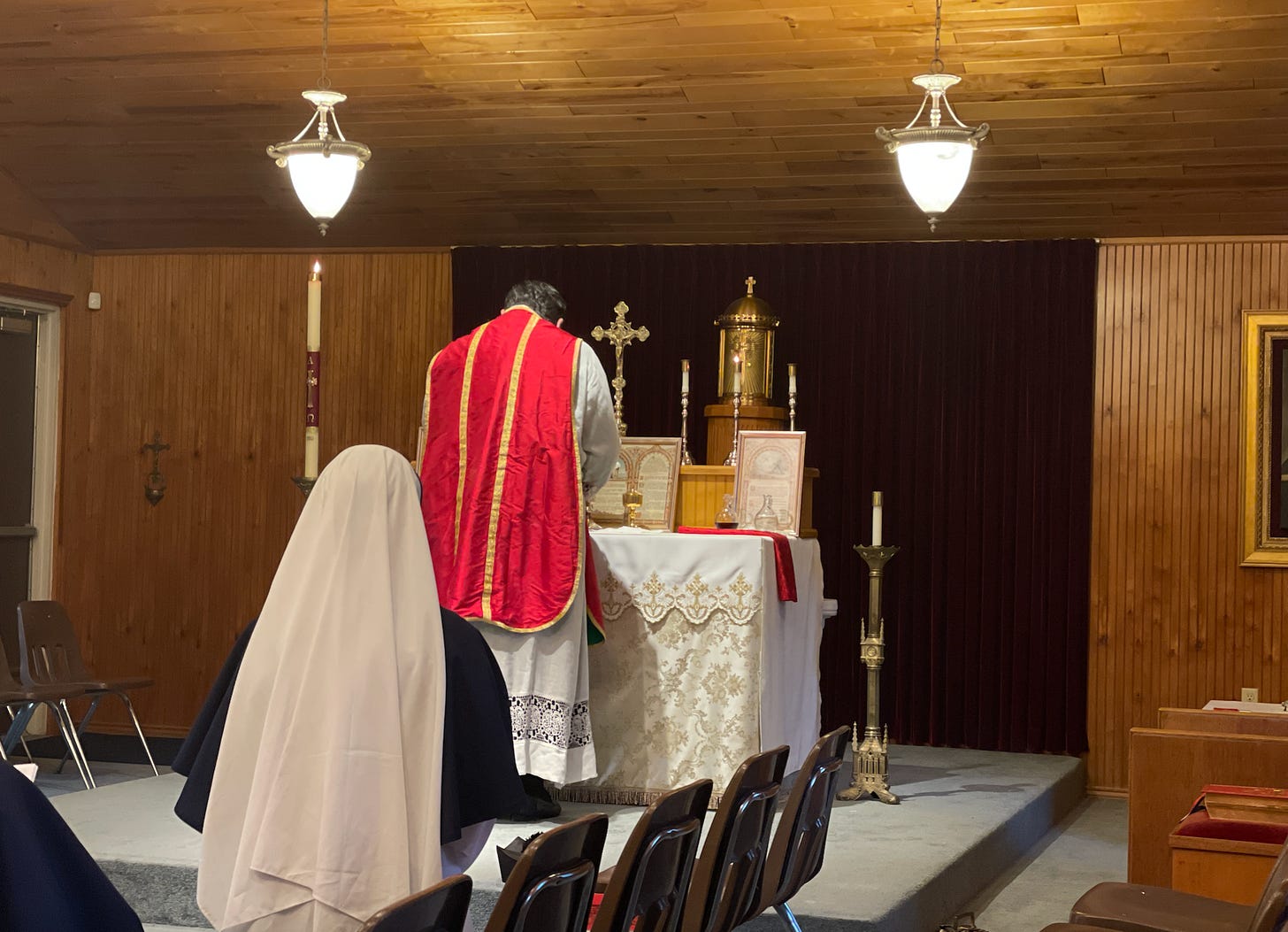
C.R.S. - Clerics Regular of Somasca
Italo Dell'Oro, Auxiliary of Galveston-Houston
The Clerics Regular of Somasca, or Somascans, were founded in Venice in the mid-1500s by St. Jerome Emiliani. Their ministry is focused on the poor, particularly orphans and at-risk youth.
C.S. - Missionaries of St. Charles Borromeo (Scalabrinians)
Jacques Fabre-Jeune, Bishop of Charleston
St. Giovanni Battista Scalabrini founded the Missionaries of St. Charles Borromeo in the late 1800s in Italy. The institute works particularly with migrants and refugees, providing spiritual as well as temporal care.
C.S.C. – Congregation of Holy Cross
William Wack, Bishop of Pensacola–Tallahassee
Patrick Neary, Bishop of Saint Cloud
The Congregation of Holy Cross was founded in the 1800s in France by Blessed Fr. Basile-Antoine Marie Moreau. Its primary focus is Catholic education, like at Notre Dame, its flagship university.
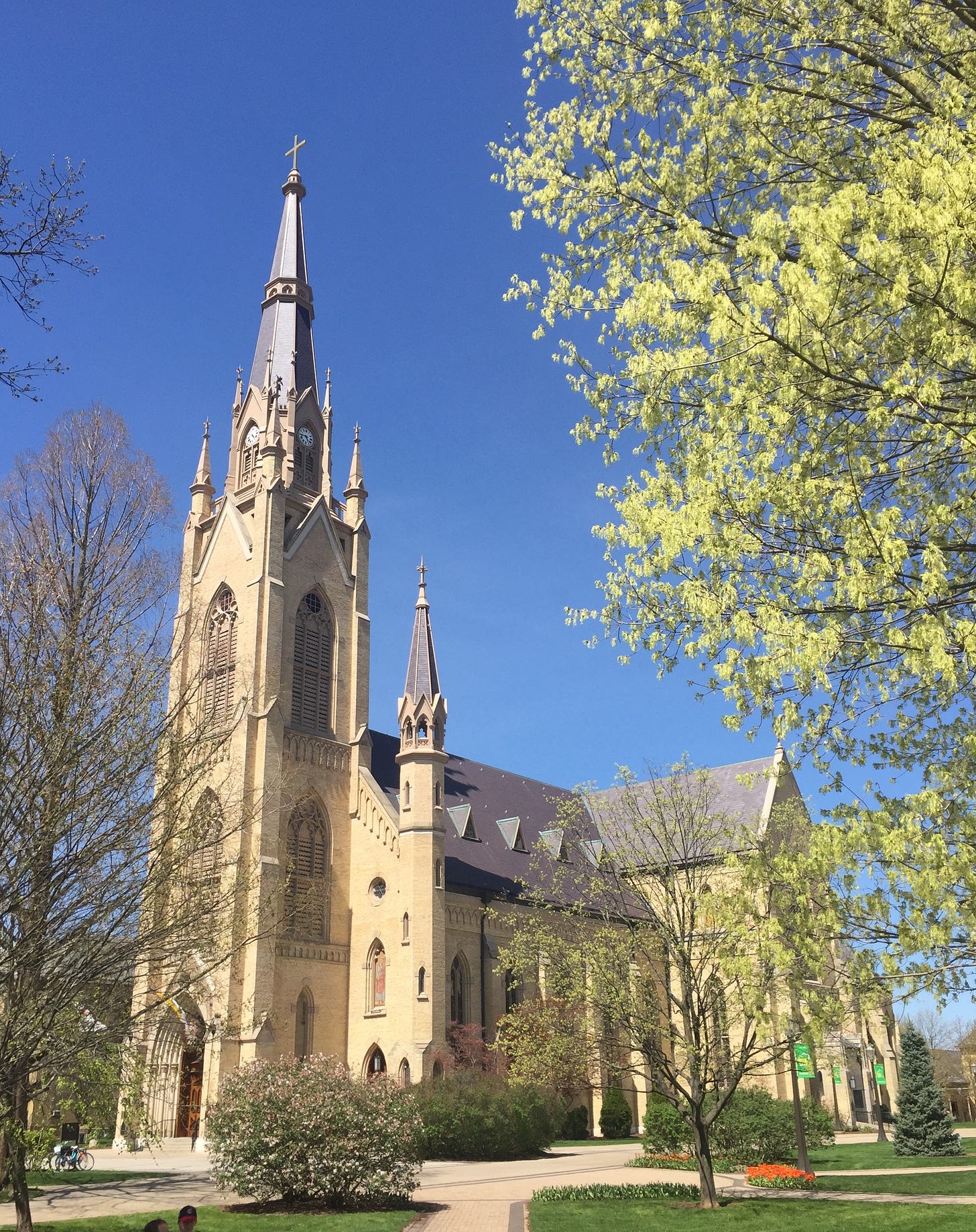
C.SS.R. - Congregation of the Most Holy Redeemer (Redemptorists)
Bruce Lewandowski, Auxiliary of Baltimore
Cardinal Joseph Tobin, Archbishop of Newark
Founded in the 1700s by St. Alphonsus Liguori in Italy, the Congregation of the Most Holy Redeemer was established to care for the rural poor. Today, the congregation conducts missions in more than 80 countries globally.
M.Id – Idente Missionaries
Luis Miguel Romero Fernandez, Auxiliary of Rockville Centre
A relatively young community, the Idente Missionaries were founded in 1959 in Tenerife, Spain by Servant of God Fernando Rielo. The ecclesial movement includes married and religious members. It emphasizes community life and evangelization.
M.Sp.S. - Missionaries of the Holy Spirit
Gustavo García-Siller, Archbishop of San Antonio
Eusebio Elizondo Almaguer, Auxiliary of Seattle
The Missionaries of the Holy Spirit began in Mexico City in 1914. They were founded by a French missionary, Venerable Félix de Jesús Rougier. Members seek to extend the work of the Holy Spirit in the world, with a focus on spiritual direction and formation.
O.F.M. Cap. – OFM Capuchins
Cardinal Sean O’Malley, Archbishop of Boston
Matthew Elshoff, Auxiliary of Los Angeles
The Capuchins were established as a reformation of the Franciscans in 1525. The intention of the founders was to observe a greater simplicity and poverty, as the Franciscans at the time were relaxing their vows of poverty.
O.F.M. Conv. – OFM Conventuals
John Stowe, Bishop of Lexington
Gregory Hartmayer, Archbishop of Atlanta
Michael Martin, Bishop-elect of Charlotte
The Conventuals are also a branch of the Franciscan family. After the death of St. Francis, some of the Franciscans argued in favor of modifying their vow of poverty, to better accommodate stability, and other elements of priestly life and ministry. This group came to be known as the Conventuals.
O.P. – Order of Preachers (Dominican)
Steven Maekawa, Bishop of Fairbanks
The Order of Preachers was founded by St. Dominic in France in 1216. As the name implies, the order focuses on preaching the Gospel, with an emphasis on opposing heresy and fostering the Catholic intellectual life.
O.S.B. – Order of St. Benedict (Benedictines)
Elias Lorenzo, Auxiliary of Newark
The Order of St. Benedict dates back to 529, when St. Benedict established a monastic religious order that survives to this day. The Benedictine spirituality is largely contemplative and the way of life is centered on “ora et labora” – pray and work.
S.D.V. – Society of Divine Vocations (Vocationists)
Edgar da Cunha, Bishop of Fall River
The Vocationists were founded by St. Giustino Russolillo in Italy in 1920. Their primary charism is fostering vocations to the priesthood and religious life. Vocationists run discernment houses known as vocationaries.
S.E.M.V. – Society of the Servants of the Eucharist and Mary
Juan Miguel Betancourt Torres, Auxiliary of Hartford
Another young community, the Society of the Servants of the Eucharist and Mary was founded in Puerto Rico in 1981 by Fr. Anibal Reyes. The society is a contemplative community, with a focus on Eucharistic adoration, reparation, and Marian consecration.
S.J. – Society of Jesus (Jesuits)
Michael Barber, Bishop of Oakland
The Society of Jesus, whose members are known as the Jesuits, was founded by St. Ignatius of Loyola in 1540. The order is known for its Ignatian spirituality and discernment, as well as its work on behalf of education, the environment, and the poor.
S.M. – Society of Mary (Marists)
Joel Konzen, Auxiliary of Atlanta
Created in France by Fr. Jean-Claude Colin in the 1800s, Marist Fathers seek to carry out the love of Mary to the world, particularly thorough Catholic education and missionary work.

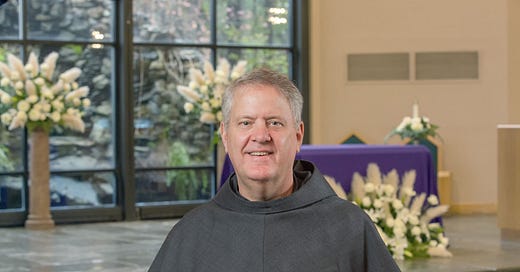


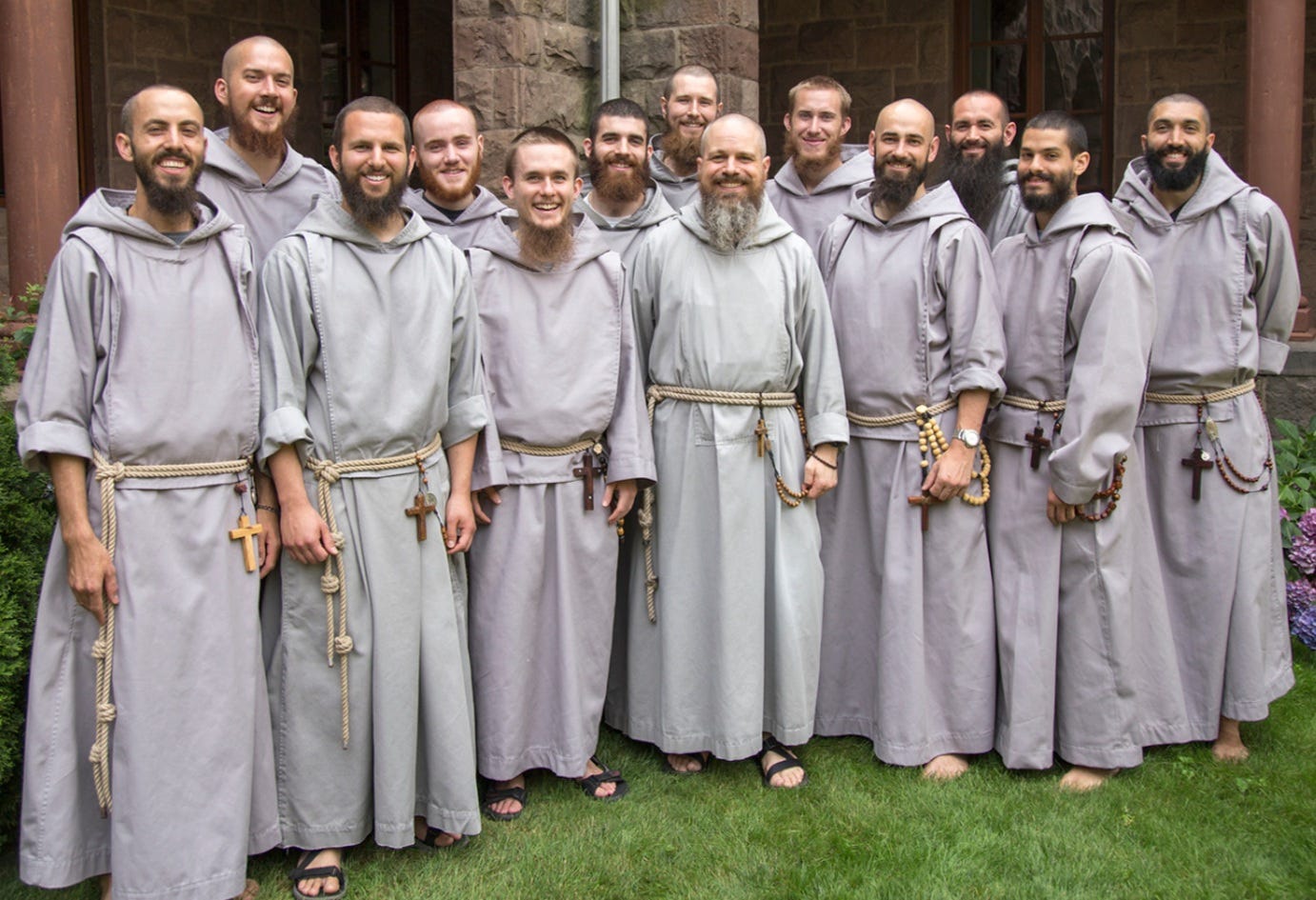
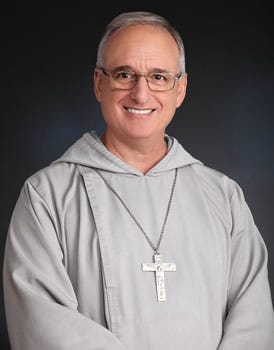
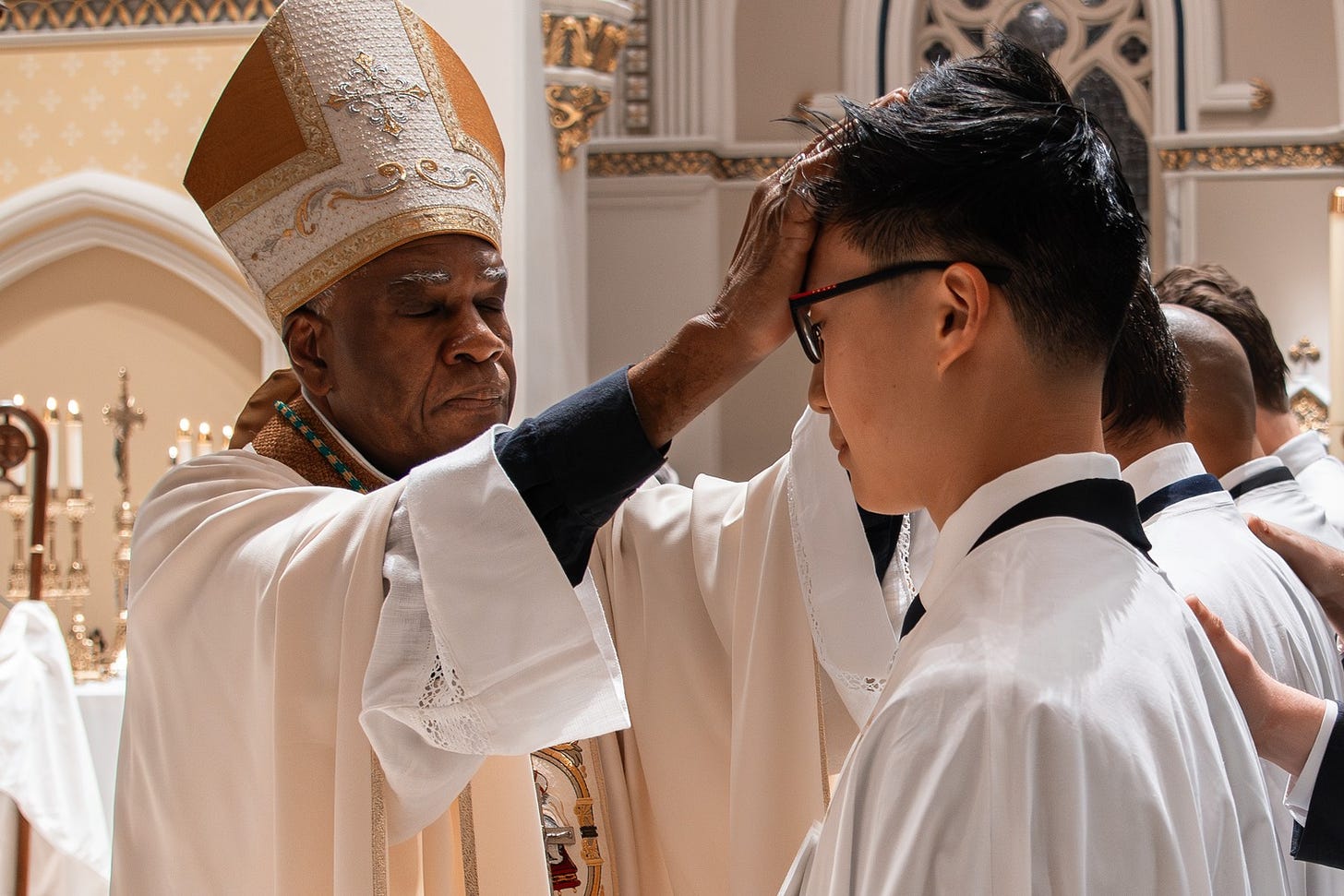
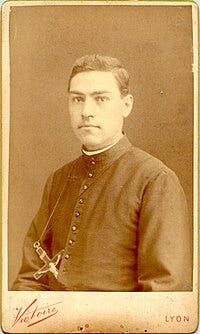
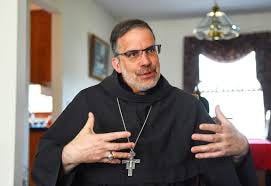
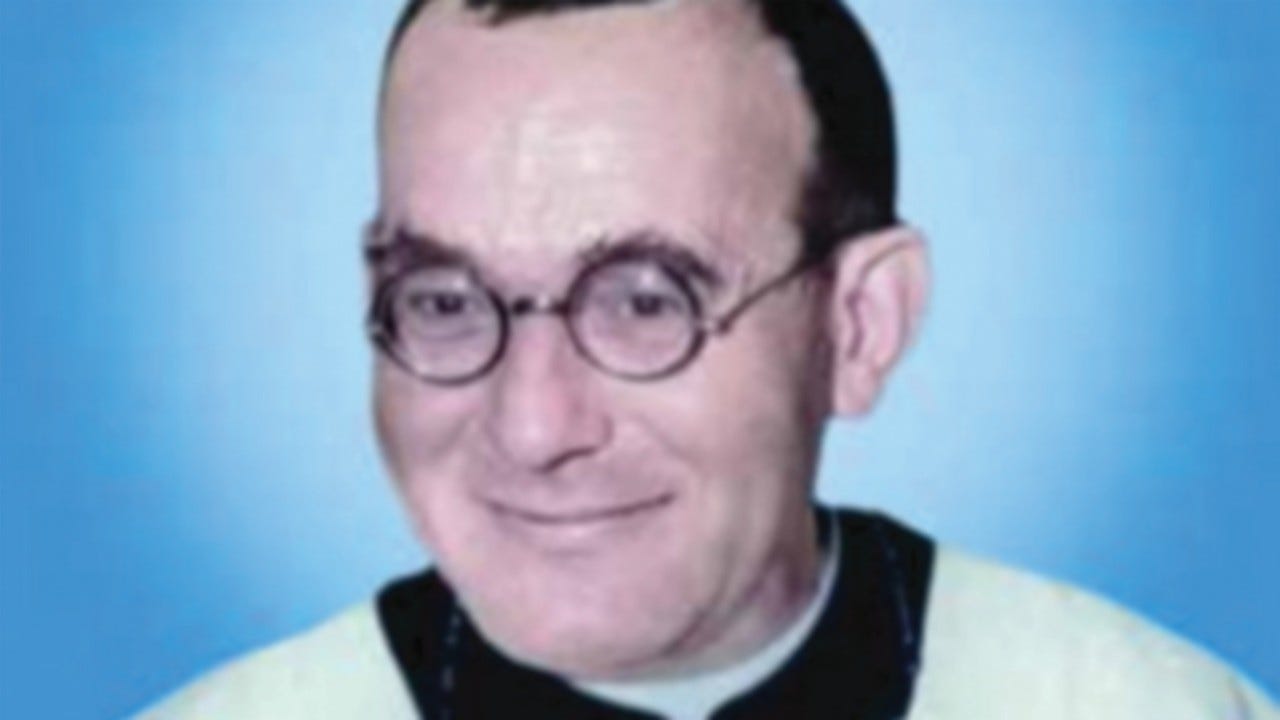
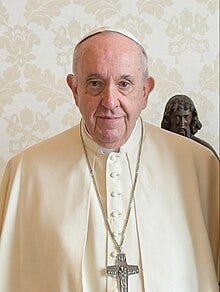




Puerto Rico (also part of the US as a territory) has the current ordinaries:
Archbishop Roberto Gonazlez, OFM (Archdiocese of San Juan)
Bishop Ruben Gonzalez, CMF (Diocese of Ponce)
Bishop Luis Francisco Miranda, O, Carm. (Diocese of Fajardo-Humacao)
The appointment this week makes for an American episcopacy of:
50 with a doctorate in theology
44 with a terminal degree in church law
It’s a pretty healthy mix.